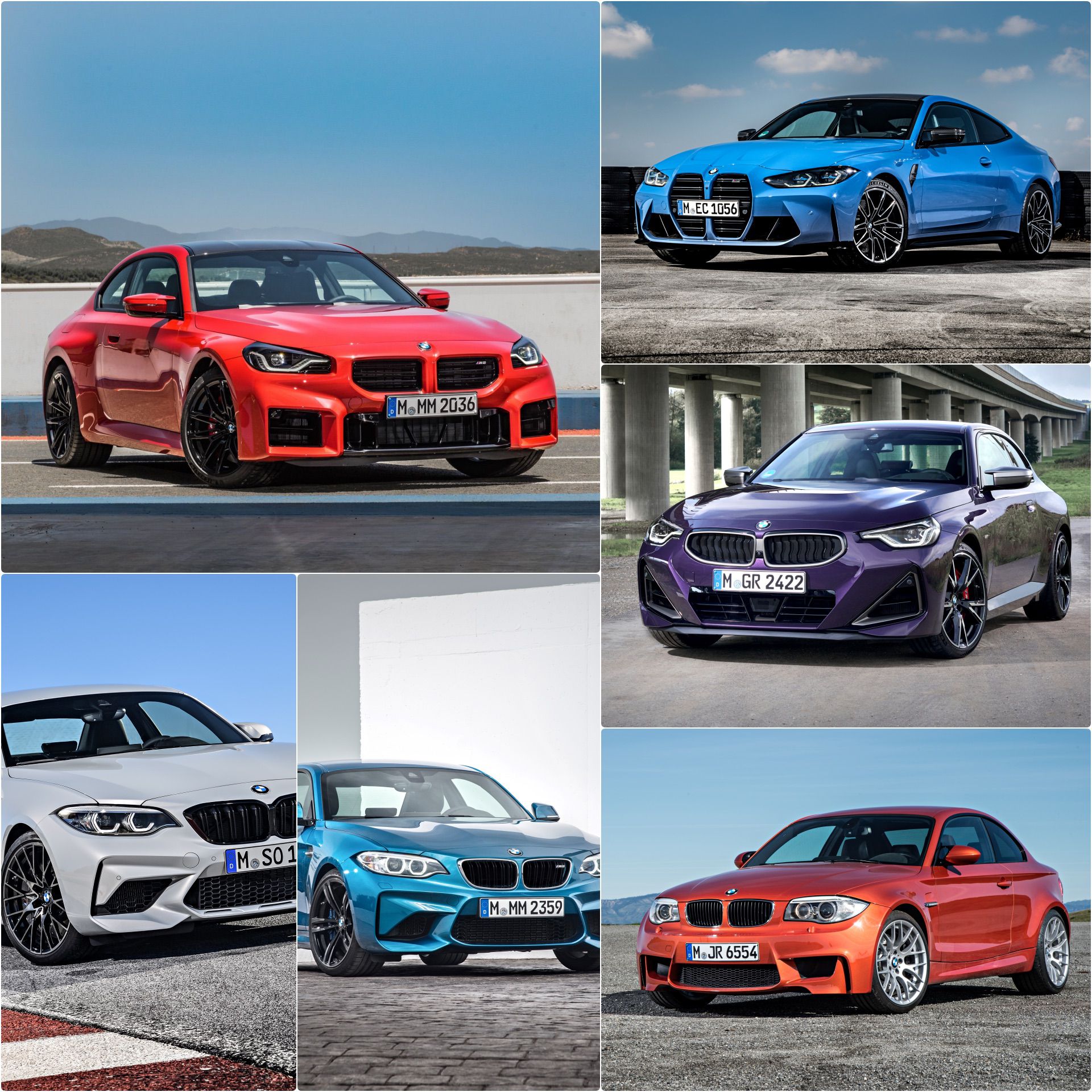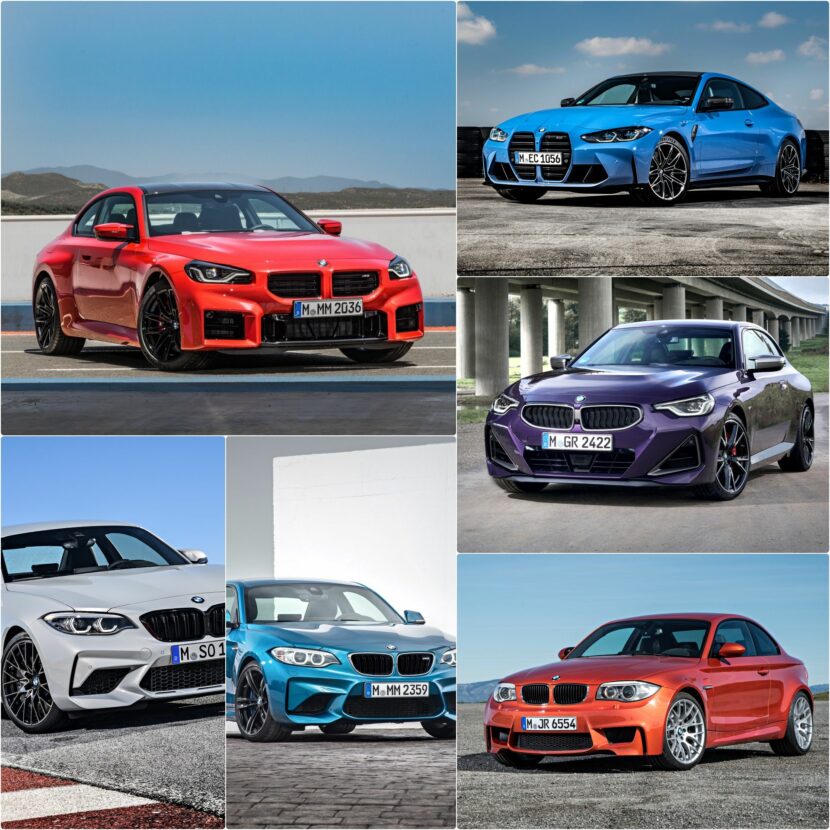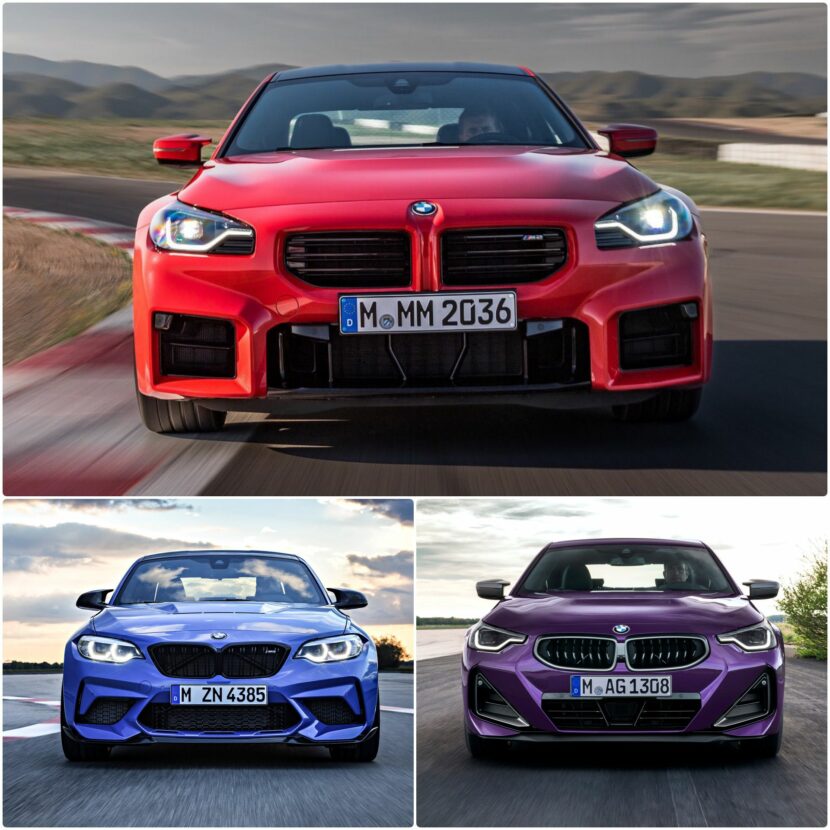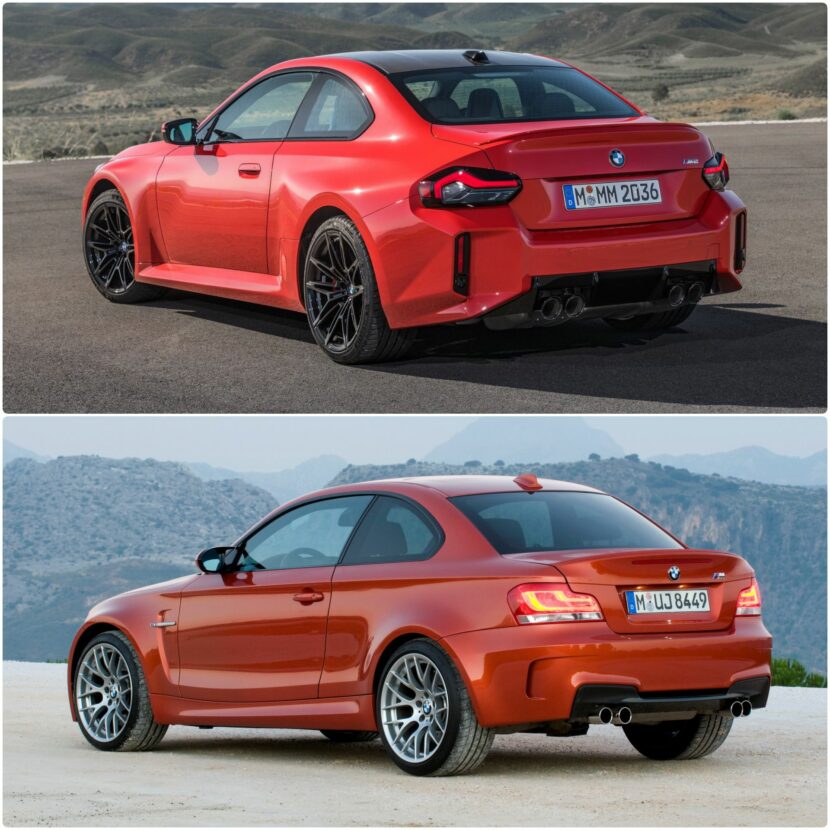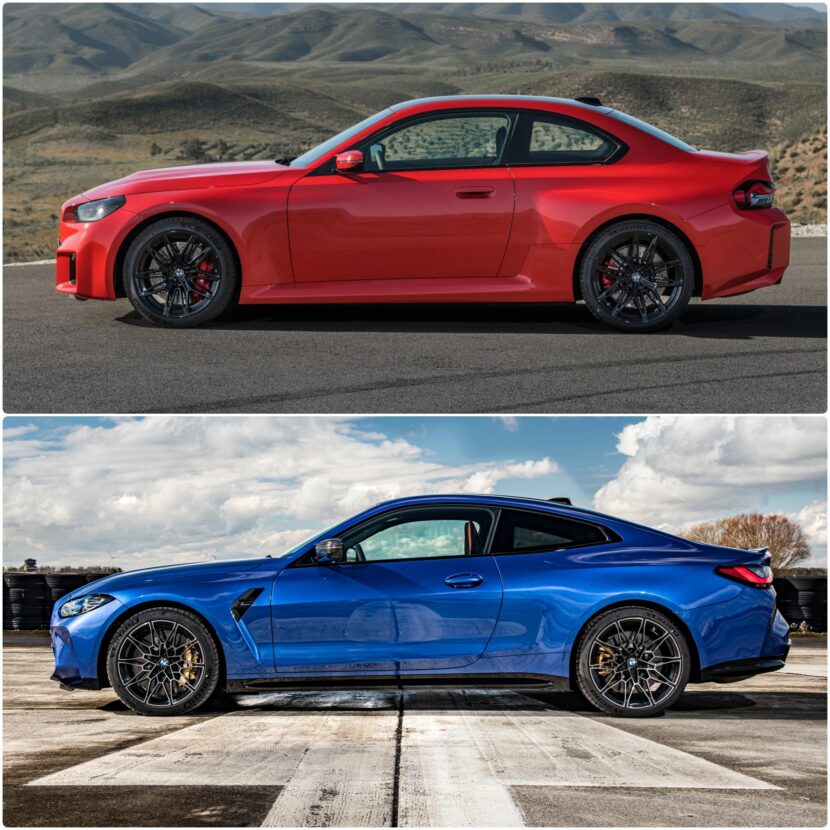The new 2023 BMW M2 G87 generation is the latest creation of the Garching-based M labs and definitely a highly awaited model by both fans and media. The high-performance compact coupe delivers a bold design with the promise of a thrilling driving experience. Besides the characteristic M look which sets it apart from the M240i models, the powertrain and technical package of the new G87 series is what really excites us the most.
The Last of Its Kind
Carefully and steadily tried-and-tested on the Nurburgring Nordschleife, the new BMW M2 may very well be the last of its kind, before electrification becomes the new standard. A petrol-fed, straight-six powerplant delivering 453 hp, mated to either an 8-speed M Steptronic gearbox with Drivelogic or a classic 6-speed manual transmission and, exclusively, rear-wheel traction only – that’s certainly a recipe for perfection.
However, the new M2 is a car developed by means of latest automotive standards, which means it could not escape the tech load fest, meaning added kilos and further distancing itself from the old, classic M models.
To some diehard BMW fans, weight is a sensitive topic nonetheless, but is it really that important? Let’s see how the new G87 M2 stacks up against predecessors and comparable current M vehicles. For this task we have chosen the former E82 1 Series M Coupe, the outgoing F87 M2 (considering standard M2 version, M2 Competition and the lightweight M2 CS), the current M240i with RWD and the current G82 M4 with RWD in standard and Competition guise, which also acted as technology donor for the new G87.
To begin with, the new M2 stands at a kerb weight of 1,710 kilograms with the 6-speed manual gearbox and 1,725 kilograms. The 15-kg gap is more than perfectly compensated by the huge output of the engine and it is barely perceptible, to be honest. Furthermore, M engineers have come up with weight-savings solutions for the new M2: use of composites in engine components, optional M carbon seats, optional M carbon roof.
This is how the others stack up against the G87 (all numbers are DIN, so no passengers added, just the pure car):
- the E82 1 Series M Coupe with 335 hp (equipped with a 6-speed manual transmission as standard, also lower dimension and less tech): 1,495 kg (-215 vs. G87 manual, -230 vs. G87 auto)
- the standard F87 M2 with 365 hp: 1,495 kg manual (-215 vs. G87 manual) / 1,520 kg auto (-250 vs. G87 auto)
- the F87 M2 Competition with 404 hp: 1,550 kg manual (-160 vs. G87 manual) / 1,575 kg with M DCT auto (150 vs. G87 auto)
- the F87 M2 CS with 444 hp: 1,550 kg manual (-160 vs. G87 manual) / 1,575 kg with M DCT auto (150 vs. G87 auto)
- the G42 M240i RWD with 369 hp and 8-speed Steptronic auto: 1,635 kg (-90 vs. G87 auto)
- the G82 M4 RWD with 473 hp and 6-speed manual: 1,700 kg (-10 vs. G87 manual)
- the G82 M4 RWD with 503 hp and M Steptronic auto: 1,725 kg (on par with G87 auto)
The kerb weight, seen as a gross value, may not be too evocative of a car’s performance or handling ability. It may seem that the G87 M2 is an elephant compared to the more “gracious” E82 1 Series M Coupe, for instance. But, let’s also have a look at the power-to-weight (DIN) ratios, which could offer us a better picture.
But first, some key points. The corect formula for calculating the power-to-weight ratio, or specific power as it is called in physics, is to divide the output (expressed in mechanical hp or kW) by the mass (expressed in kg). However, in the automotive industry, the inverse of the specific power or weight-to-power ratio is more relevant, which involves the ratio raised to -1, leading to kg/kW or kg/hp. Implying that 1 kW = 1.3410 hp, this involves that kg/kW will always be higher than kg/hp.
For simplification matters, the automotive industry still calls the ratio “power-to-weight” and not “weight-to-power”. Even BMW calls it as so in their technical sheets. So, I’ll also call it this way and use the kg/hp formula, also for easier understanding.
So, this is what we are ending up with:
- G87 M2: 3.76 manual / 3.80 auto
- E82 1 Series M Coupe with 335 hp and manual: 4.46
- the standard F87 M2 with 365 hp: 4.10 manual / 4.16 auto
- the F87 M2 Competition with 404 hp: 3.84 manual / 3.90 auto
- the F87 M2 CS with 444 hp: 3.49 manual / 3.55 auto
- the G42 M240i RWD with 369 hp and 8-speed Steptronic auto: 4.43
- the G82 M4 RWD with 473 hp and 6-speed manual: 3.59
- the G82 M4 RWD with 503 hp and M Steptronic auto: 3.43
Those are certainly some interesting figures. One could rush to the conclusion that the new G87 M2 is worse than many of its less-powered contenders and even heavier than the G82. Or that the M4 is the worst of them all. Or that the M2 CS is not that lightweight compared to the M2 Competition.
Yes, the E82 1 Series M wins it here as it has the best ratio, but this a purely mathematical judgement. The 4.46 ratio could also be achieved by a truck or a tank, and those vehicles certainly aren’t very dynamic and sporty.
So a question pops up : Does weight really matter when looked at it in a silo? Even the automotive-style power-to-weight ratio (DIN) calculation is not merely enough as to draw a definitive conclusion. Nowadays, with all the advancement in car tech, with former automotive athletes being loaded with such “steroids” for the sake of improving handling, safety, dynamics and to make up for the added kilos, I would say it doesn’t matter that much.
Yes, it is a bit of a mystery and also a shock as to why the M2 is as heavy or even 10 kilos heavier (with manual transmission) than the higher-class M4 Coupe in similar powertrain configurations. However, I feel that even with all that mass, the M2 will likely feel agile and not a sluggish blob, also given the abundance of performance-oriented assistance systems.
In the end, it is more than resorting to pure numbers. One has to put in balance all aspects – both rational and qualitative. All these vehicles are unique in their very own way, great to drive and offering an undiluted level of performance, together with showing a steady, generational progress on all fronts. Of course, the G87 M2 will never be an E82 1M, but does it want to be? Probably not.


